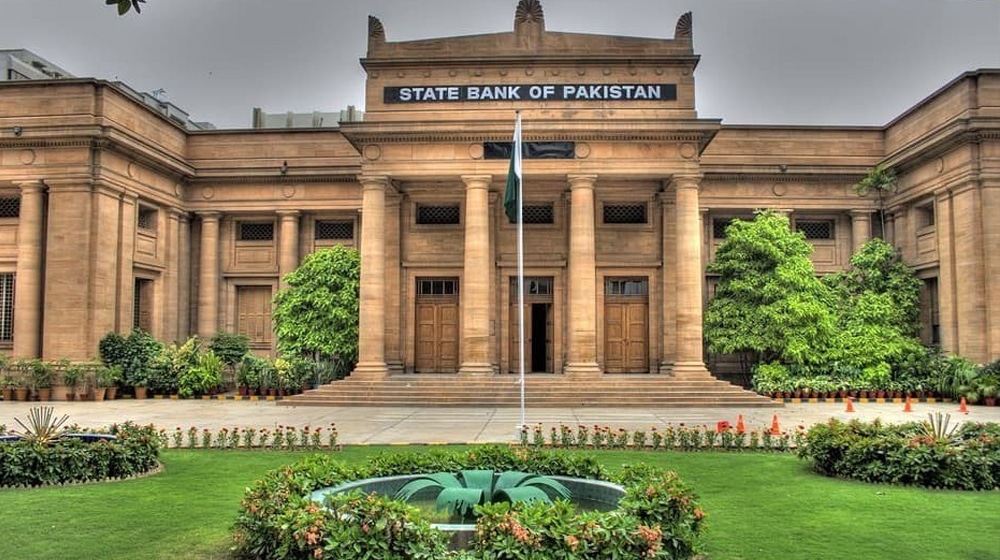The State Bank of Pakistan (SBP) has directed commercial banks to take Basel III reform phase II, which aims to remove the government’s shortcomings before the crisis and strengthen the flexibility of the banking sector under a strong regulatory framework.
Basel III’s framework led to global regulatory reforms after exposing significant weaknesses in the financial system by the Basel Committee for Banking Monitoring (BCBS) in 2008. BCBS reforms are widely divided into two stages.
The first step focused on increasing the large quantity of the capital, introducing liquidity and leverage ratio, and establishing the DSIB framework. Phase II emphasizes review of the risk -losing government, lengths and other growth. The SBP has already implemented Phase I reforms.
By adopting a smooth and timely stage reform, and according to the BCBS guidance, the SBP has developed revised instructions for the standard approach for credit risk. Banks need to use credit rating specifically from the credit rating agencies (CRA), which is regularly recognized by the State Bank of Pakistan for the purpose of eligibility for the capital.
In addition, banks should use external credit assemblies (ECAIS) recognized by SBP and their credit rating should use both permanent, risk weight and risk management for all types of claims. Banks will not be allowed to change the “cherry puck” rating or ECAIS usage provided by different ECAIS.
Banks must disclose the risk of risk weight for the overall risk weight for each risk weight, along with the risk weight of the risk of risk weight through the map -making process, as well as the risk weight associated with specific rating degrees through the maping process.
In the bank or in transit (domestic and foreign currency), cash ownership and hero reservoir will apply 0 % risk weight. Gold Bullion Heroes in banks or based on a other bank allocated; And cash is equal, including national prize bonds. The collecting process will have 20 % risk of cash items.
The claims of the Government of Pakistan (Federal or Provincial) and SBP, which are nominated and funded in the PKR, will be assigned the risk of 0 %. Foreign currency claims will attract danger weight on independent (domestic or foreign), according to the relevant credit ratings assigned by recognized ECAIS.
However, the claims contained in domestic currency and funded (ie the resources that arise in the jurisdiction/similar responsibilities) of foreign sovereignty can attract a 0 % risk weight in this domestic currency, which provides conservative treatment. In such incidents, the bank will count its capital’s eligibility on the basis of more conservative requirements.
Banks should have effective internal policies, processes, systems and controls to ensure that the weight of the proper risk is assigned to counterparts, and they should be able to show SBP that their inspections are allocated.
These revised instructions will be implemented throughout the industry at a parallel operating base from September 30, 2025 to June 2026 (four circles). From this point of view, SBP will be allowed to assess practical challenges and include industry feedback if needed for final implementation. During a parallel run, the bank, the digital bank, and the DFI will offer the return of the capital’s eligibility under both the current and revised instructions.

